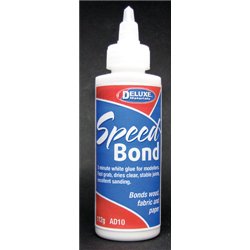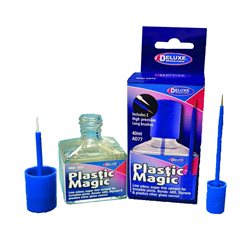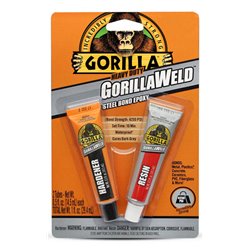Kadee couplings are a popular choice for railway modellers, particularly those modelling in HO and OO gauge....
No products
Product successfully added to your shopping cart
There are 0 items in your cart. There is 1 item in your cart.
Search Tips
Which glue should I use?
This is really dependent on what it is you plan to glue. There are several different glues for different materials.
If you are planning on gluing a plastic kit, then the best glue to use is polystyrene cement. Some modellers use superglue or two-part epoxy although these are less forgiving and not advisable for someone new to the hobby.
If you are gluing different types of plastic together you may want to consider something like Plastic Magic, as some plastics are made up of different compounds and will not stick using polystyrene cement.
It is also important to remember when gluing different materials to one another that certain glues may not work. For example, you cannot use polystyrene cement on polystyrene foam and a plastic kit as the glue will just melt through the foam, so it is important to use the correct glue. In this situation you would use a PVA glue.
But always bear in mind that when gluing different materials, it is advisable to do a test on some scrap pieces first to avoid ruining your model.
Alternatively, just contact us and we should be able to advise the best solution to your gluing problems.
Click here to receive the tips weekly in your mailbox. You can unsubscribe at any time.



.jpg)






